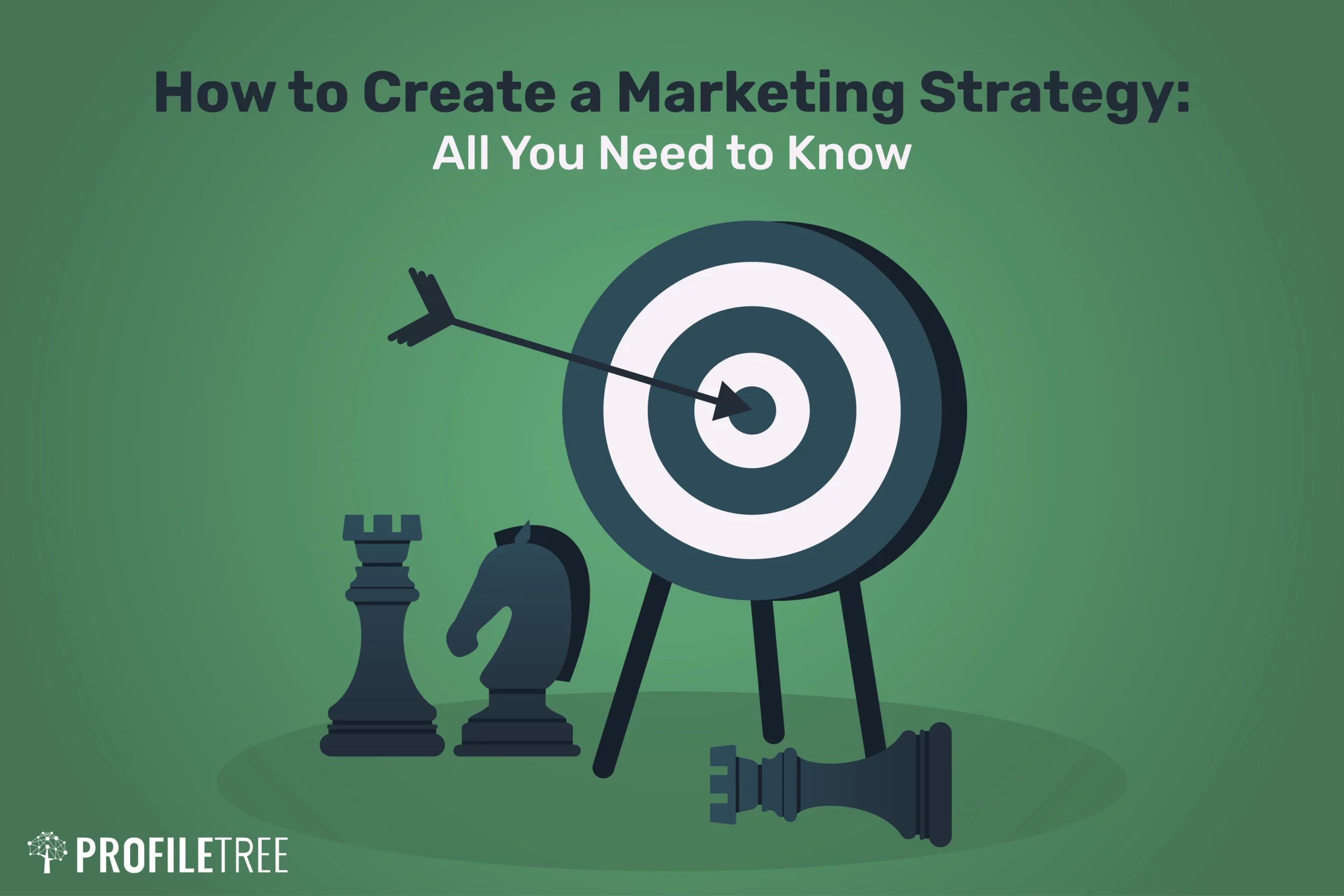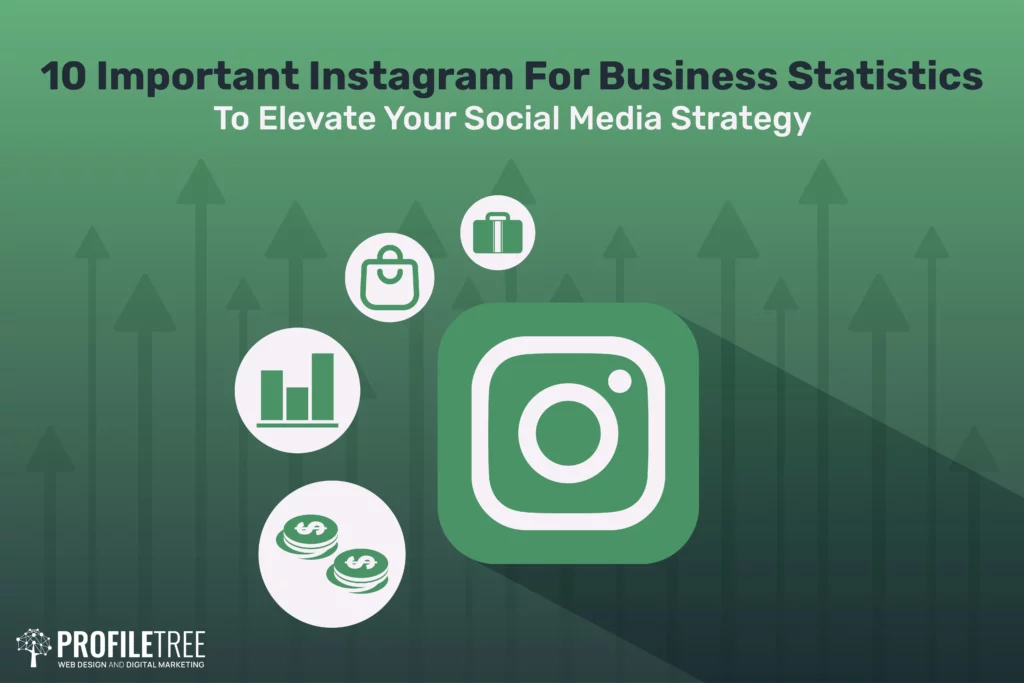The truth about creating a marketing strategy is that you need to keep up with marketing trends all the time, and just doing so could be considered a full-time job.
Yes, effective marketing can bring an entire host of benefits to your business.
And a well-tuned marketing strategy can set your brand up for success.
While the principles of creating your marketing strategy remain the same, we’ve seen a significant shift to different kinds of content in 2022 alone, such as short-form videos. So, for example, you need to start with a customer problem, set a SWOT analysis, track your competitors and try to find their weaknesses where you can shine up.
The rise and fall of new platforms were phenomenal (Looking at you, Mark Zuckerberg— we felt shocked when you announced the so-called Meta!)

Not to forget what the global pandemic has brought to us (its impact continues till this moment!) As a result, all businesses underwent digital transformation faster than ever before.
In short, what worked beautifully for your marketing strategy in the past would not necessarily have the same results today.
With that in mind, you need to look at everything to know how to create a marketing strategy and optimise it over time.
Keep reading to learn more!
What is a Marketing Strategy?
Let’s start by taking a close look at precisely what we mean by a marketing strategy.
It seems like a reasonably straightforward term that we don’t even need to define.
But upon a closer investigation, you’d discover that many practical concepts start arising from this simple term!
At first glance, it’s a way of outlining your approach to advertising and generating leads. But when you bring this concept to the real world, you will find it to be much more complex!
Based on Investopedia, a marketing strategy is a game plan of action that businesses use to market their products or services and reach prospective customers. Then it consists of specific procedures to turn these prospective clients into actual customers. That can include advertising, public relations, and social media campaigns.
So, it’s about strategic planning on where you should go to place your company in front of the qualified people who are going to buy from you. Without a marketing strategy, businesses run the risk of wasting time and money on marketing efforts that will not reach the right people.
Creating a marketing strategy can be daunting— as we can see further! Many facets of this process will include long hours of preparation, analysis, and reach. But plenty of resources are available to help businesses get started. Once a company has a solid marketing strategy in place, it can begin to see results from its marketing campaigns.
Why is it Important to Have a Marketing Strategy?
An effective marketing strategy should be based on your business goals and objectives. In addition, it should take into account your target market, your unique selling points and the channels that are most likely to get to them. Once you have all this information, you can start putting together an action plan. But What does it mean for your business?
Know how effective your marketing activities.
Having a strategy is key to ensuring that your campaigns are effective and successful. Without a plan, it can be challenging to know what objectives to set, what target audiences, and what message to communicate.
Reduce unnecessary costs.
A good marketing strategy will help you to focus your efforts, make the most of your budget and resources, and measure your progress.
Just thinking of where you can publish your ad might get you confused. That is because so many marketing channels are out there, ranging from digital, such as social media, email marketing, and websites, to traditional, like print and TV advertising.
But it will be part of the past with your marketing strategy because you explore where to invest marketing spending to receive the maximum return.
Reach Your Audience.
Whether you have a small business or are a member of a large marketing team, getting your service or product in front of customers can be a challenge.
Executing a marketing strategy will enable you to find your audience and communicate with them.
Find new segments for your business.
A well-executed marketing strategy can make a difference in your business’s success. It can help you to attract new customers, build brand awareness and ultimately boost sales.
Keep your marketing activities consistent.
Marketing success equals consistency. Your brand messaging, identity and visuals across all channels should be on the same line. A marketing strategy helps you foster this alignment, ensuring your message is consistent and straightforward for your audience.
Also, it helps you tie your business goals to your marketing plans.
Give you measurable criteria.
To compare two different situations, you have to find a precise way to measure what you have done. A marketing strategy is an excellent way to keep your eyes on your goals and align the whole team to these goals. Then you can measure how effective your endeavours are.
Whether these metrics are ROI, conversion rate, sales, or engagement, having these insights are crucial to growing your business and refining and improving your marketing.
Additionally, you would be able to select the best tool and review the existing resources. Businesses with a marketing strategy are more likely to audit and plan their campaigns efficiently.
There is nothing more thrilling than watching your progress.
It will be your benchmark.
Your marketing strategy serves as a guide; it’s a long-term vision outlining your business’s value proposition to your customers.
To succeed in the fast-paced marketing world, you must clearly outline how to engage with your customers. You need to portray your buyer’s personas and pain points to reach them effectively and maintain a sense of relevance with your people.
It creates a map for every team or individual at your company who wants to promote their prodigy or service, guiding them through the process.
Eventually, it allows you to discover, test and identify what resonates with your target audience.
Takeaway: Many businesses still need help to stay ahead of the curve because they miss one of the vital parts of a business plan, a marketing strategy. According to CoSchedule, marketers and bloggers who crafted a marketing strategy in 2022 were %331 more likely to have a measurable impact on success than those who didn’t. Not just that, the marketers who seemed more organised were %674 more likely to generate positive results than those who didn’t.
Marketing Strategy vs Marketing Plan vs Marketing Analysis
You open Google, writing how to create a marketing strategy. You might get overwhelmed with many terms related to the same concept of preparing and organising your marketing objectives.
One of these terms is a marketing plan and marketing analysis. Often, these three terms are used interchangeably. However, despite being closely linked, minor differences force you to treat them separately.
Let’s see the difference below to make things simpler.
Marketing strategy: it is the overall plan for how you’re going to achieve your marketing goals. It considers your target audience, the type of message you want to use, and the channels you will use to reach them. It’s the most reasoning part that informs your marketing decisions.
So, it will enlighten you about your marketing goals in detail and how you can achieve them through your marketing efforts. So, it’s a high-level plan connecting your value proposition to the company’s overall aims.
Indeed, your marketing strategy should be built upon the current aims of your business while also getting stuck with your brand identity, vision, mission, and messaging. Plus, such a strategy should count for your company’s unique selling point and how you’re going to translate it into real value for your audience.
That’s why a marketing strategy often consists of these sections:
- Company vision and goals.
- Executive summary about your industry.
- A brief of your market analysis (external and internal)
- Target audience details.
- Define your competitor’s strengths and weaknesses.
- Pricing selling point.
- Branding and messaging.
- Marketing channels.
Marketing plan: A more specific document outlines your tactics to execute your marketing strategy. It includes things like budget, timelines, and key performance indicators. Actually, it depends on what you will run through your marketing strategy.
It’s a framework of actions that explains how you’re going to execute your promotional activity. But most importantly, it includes how you will promote, analyse, and measure your marketing campaigns.
In short, it’s a roadmap accounting for how you’ll reach your customers, the timelines for delving into your marketing activity, and which channels you’ll target.
That’s why this document displays the following:
- Campaign goals.
- Content plan.
- Marketing activities.
- Budget.
- Timeline for delivery.
- Responsibilities of each one in the marketing team
Marketing analysis: It is the process of evaluating the potential success of a new service or product. This process includes research, data collection and analysis, and making recommendations based on the findings. As we said, it might come as a part of your marketing strategy.
How to Create a Marketing Strategy?
Now, after we’ve heightened the main difference between different marketing definitions, we need to set you up for marketing success by exploring how to create a marketing strategy.
Consider the following steps to guide you through designing your strategy.
- Make Your Goal SMART.
Without an accurate strategy, you’ll essentially be throwing things everywhere to watch what sticks. But, unfortunately, everything will stay on the wall because you never use suitable glue.
The outcome will be irrelevant, costing you time, resources, and money.
That’s why you need to get into more detail about your goal, which must be aligned with your overall business vision. In addition, this goal must be SMART (specific, measurable, attainable, relevant, and time-based).
For example, if your main aim is to build awareness about your brand, your market strategy could be to increase followers on social media channels. It may target levelling up engagement and website visitors.
However, all of these goals are not SMART.
That’s how you can set a goal like that: Have +10k followers on Instagram and Tiktok during the next 6 months.
Wonderful!
After that, you could go to the next step, defining your mission statement. This mission will help you introduce your business’s “what and how”. In other words, it describes what you want to achieve and how you can get there.
Furthermore, you will be able to develop a central message for your marketing team.
Eventually, it would help if you took time out before jumping to another step to determine what you want from expanding your market efforts. These overarching goals will direct you and cut off any possible clutter.
- Design Your Marketing Plan.
As explained before, the main differences between marketing strategy and plan, you can now adopt your plan.
But why do you need to implement both?
Well, the right plan template will help you identify a budget before setting out a very ambitious strategy. Then you explore it might be impossible to translate it into results.
This step requires following any initiatives your marketing organisation aims to tackle and the channels you’ll use to put those invites in place.
After that, be ready to tie everything back to your business statement to align with your defined goals.
- Develop your product or service offering.
So, start with finding a product or service you need to offer or develop. The first step is to consider the people interested in your product. Those people are most likely not comfortable with what they have, or if they face a problem, you’ll offer them the optimal solution.
Thus, you don’t need to target the planet; just imagine your optimal customer; age, occupation, gender, income level, dreams, lifestyle, and so on.
Moreover, your strategy should include those who have never heard of your product to expand your segment.
A robust marketing strategy will be your assistant in finding your target audience because determining who your ideal customers are will frame all your marketing activities to get the most out of your budget.
You can find your ideal customer through previous client data, or you might survey a defined sample or analyse research generated by competitors in your industry or dedicated research firms. Also, consider depending on open-source data such as governmental statistics institutions.
For example, if you sell an anti-ageing cream, then you might discover through research that your ideal customer is males and females between 35-60 years old.
Also, you can estimate that your optimal buyer persona works as an entrepreneur, blogger, influencer or generally in front of people/the camera. These careers may have an upper or high-income level on average, making this customer more likely to cut out an amount of their monthly budget for cosmetics. Considering you have identified your ideal buyer persona, you may choose to advertise your product as a luxury item that nourishes your skin, feels good and gives you confidence.
- Be specific about your digital marketing components.
When proposing your digital marketing strategy, many facets will show up, ranging from SEO, affiliating marketing, content marketing, email marketing, social media appearance, website marketing, and so.
Each complement has its purpose, and you don’t need room for them in your strategy.
Let’s see how to benefit from the most common digital marketing assets.
- SEO: It is the practice of optimising a website to get a higher rank in search engine results. It is a crucial portion of any digital marketing strategy because it helps your website be more visible to potential customers. SEO is not a one-time thing – it is an ongoing process that needs to be incorporated into your overall digital marketing strategy. That means you should continuously work on optimising your website to ensure it remains visible in the search results.
- Website marketing: It will be helpful to have a website to draw people to if you consider generating organic traffic. Optimising your website involves having a well-structured layout, an appealing design, and an easy-to-use interface. We can write relevant content, fix any errors, and use compelling visuals to tell your story. You should aim for a unique design to stand out, reflecting your identity.
- Email Marketing: It is an efficient digital marketing tool. By building a database of subscribers and sending targeted emails, businesses can stay top-of-mind with their audience and keep them wanting more.
How Can Profiletree Help You?
Your audience is your power. To design a successful product or service, you need to solve a significant problem for your customer.
That’s how Profiletree sets out its plan to help you make the best of your resources and maximise your online potential through a full range of marketing activities. We specialise in online marketing and growing your reach, so you can focus on delivering upon your business goals.
It all starts with defining your ideal customer and then performing market research to find out what potential customers want.
After that, we will use that research to define how to position your product to stand out and meet your customers’ needs.
We will then team up to create a well-crafted marketing strategy to attract your audience to this product.
Throughout the process, we will show you how to increase your brand awareness, enabling you to generate leads and potentially sell more of your product or service.
If you need extra help, such as monitoring your performance or consulting sessions to find out how to improve your marketing metrics, our experts have you covered. Whatever you sell or offer to customers, we can help to increase your visibility online.
From singular campaigns to wide-reaching digital transformation processes, call us to grow your business wiser, faster, and stronger.


